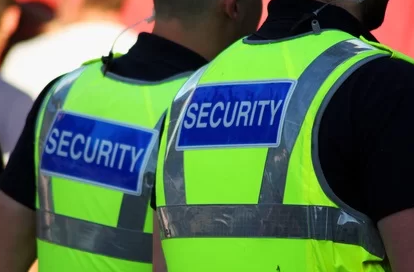
Safeguarding the Thrill: Cutting-Edge Sport Event Security Measures
Introduction
Sporting events are a celebration of athleticism, camaraderie, and passion. However, they can also be potential targets for security threats. To ensure the safety of athletes and spectators, event organizers have implemented advanced security measures that go far beyond traditional methods. In this blog post, we’ll explore some of the cutting-edge security measures used to protect sport events and their attendees.
-
Threat Assessment and Intelligence Gathering
Before any sporting event, a comprehensive threat assessment is conducted. This involves collecting intelligence on potential security threats, whether they be related to terrorism, civil unrest, or other safety concerns. Event organizers work closely with law enforcement agencies and security experts to identify and mitigate potential risks.
-
Access Control and Perimeter Security
Access control at sporting events has become highly sophisticated. Advanced biometric systems, electronic ticketing, and facial recognition technology are used to verify the identities of attendees. Perimeter security is enhanced with barriers, metal detectors, and security personnel to ensure that unauthorized individuals do not enter the venue.
-
Video Surveillance and Analytics
Modern sport event venues are equipped with an extensive network of surveillance cameras. These cameras not only record activities but also use AI-powered analytics to detect suspicious behavior, unattended bags, or overcrowding. This real-time monitoring allows security teams to respond swiftly to potential threats.
-
Bag Checks and Screening
All bags brought into a sport event venue are thoroughly checked. Security personnel use X-ray scanners and handheld metal detectors to identify prohibited items, ensuring that nothing dangerous enters the premises. This process helps maintain a safe environment for everyone.
-
Crowd Management and Evacuation Plans
Sporting events often attract large crowds, making crowd management a top priority. Advanced planning includes setting capacity limits, designing exit routes, and establishing safe assembly points in case of emergencies. Attendees are informed about evacuation procedures through signage and announcements.
-
K-9 Units
K-9 units are a valuable asset in sport event security. Specially trained dogs can detect explosives and suspicious substances. These units are often deployed for pre-event sweeps and random checks during the event to deter potential threats.
-
Drones and Aerial Surveillance
Aerial surveillance using drones has become increasingly common in sport event security. Drones can provide a bird’s-eye view of the venue, monitor crowds, and help identify any security breaches. They are especially useful for outdoor events and large stadiums.
-
Communication Systems
Effective communication is crucial during an emergency. Advanced communication systems ensure that security personnel, event organizers, and first responders can communicate seamlessly. This includes two-way radios, mobile apps, and emergency notification systems.
-
Public Awareness and Education
Sport event organizers are proactive in educating the public about security measures. Pre-event communication through social media, websites, and mobile apps informs attendees about security protocols and what to expect. The “See Something, Say Something” campaign encourages attendees to report suspicious activities.
Conclusion
Sport event security measures have evolved significantly to address the ever-changing landscape of security threats. These advanced measures are essential for safeguarding the well-being of athletes, fans, and staff. While they may not always be visible, they work tirelessly behind the scenes to ensure that the thrill of sports is enjoyed in a safe and secure environment. As technology continues to advance, so too will the security measures that protect our cherished sporting events.







